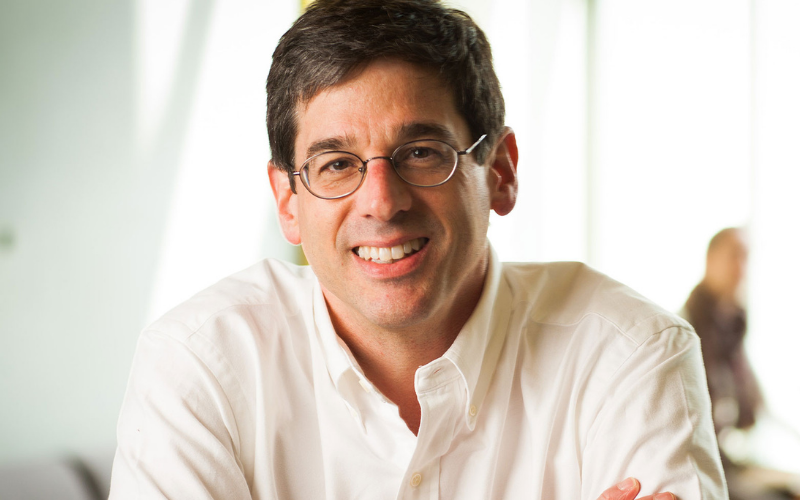
Dr. Wechsler-Reya, who received his first ALSF grant in 2009, has been studying medulloblastoma for more than 20 years.
By: Trish Adkins
For most of his career, Alex’s Lemonade Stand Foundation (ALSF)-funded researcher Robert Wechsler-Reya, PhD from the Sanford Burnham Prebys Medical Discovery Institute, has been searching for cures to medulloblastoma, the most common malignant pediatric brain tumor.
Dr. Wechsler-Reya, who received his first ALSF grant in 2009, has been studying medulloblastoma for more than 20 years.
Pediatric brain tumors are the deadliest form of childhood cancer, accounting for 30% of all pediatric cancer deaths each year. There are more than 100 different types and subtypes of pediatric brain tumors — making precision diagnosis and treatment both difficult and critical.
Recent studies have identified at least four subgroups of medulloblastoma that differ in terms of molecular characteristics and patient outcomes. Despite this knowledge, most children diagnosed with medulloblastoma receive similar therapies, including surgery, radiation and intensive chemotherapy. These therapies carry long-term side effects. And while they could offer the cure for some children; others still relapse and face an uncertain prognosis.
Dr. Wechsler-Reya and his team hypothesized that each medulloblastoma patient is sensitive to different therapies and that tailoring therapies based on the molecular and cellular characteristics of their tumors would improve outcomes. To test their theory, the team used patient-derived xenografts (PDX), specialized tumor models, and subjected those models to DNA sequencing, gene expression profiling and drug screening. The results were published in the October 2020 edition of the journal Cancer Research.
In this paper, Dr. Wechsler-Reya and his team show that most medulloblastomas do not have mutations that can be targeted with existing drugs, but that empirical drug screening can help identify potential experimental therapies for patients. In addition, “functional precision medicine,” is an approach that can be used in the clinical setting to help kids get access to potentially lifesaving treatment that is matched to their specific type of medulloblastoma.
The team also showed that Actinomycin D (a chemotherapy drug not typically used for brain tumors, but instead used for sarcoma treatments) is an effective therapy for Group 3 medulloblastoma, the most aggressive form of the disease.
Earlier this year, Dr. Wechsler-Reya, together with another ALSF-funded researcher, Dr. Oren Becher, MD from Lurie Children’s Hospital and Northwestern University shared the results of a study that used immunotherapy to target medulloblastoma tumors with the p53 mutation.
That project studied the combination of immunotherapy with a drug called tumor necrosis factor (TNF). The therapy eradicated medulloblastoma with the p53 mutations in lab tests, essentially melting the tumor away.
Dr. Wechsler-Reya and Dr. Becher are continuing to study the potential of this trial drug as a therapy for children with high-grade gliomas like DIPG.
“It is time to recognize that children with cancer are the most vulnerable people in our population and we can’t back down. We cannot put this off, because research is so desperately needed,” said Dr. Wechsler-Reya.

